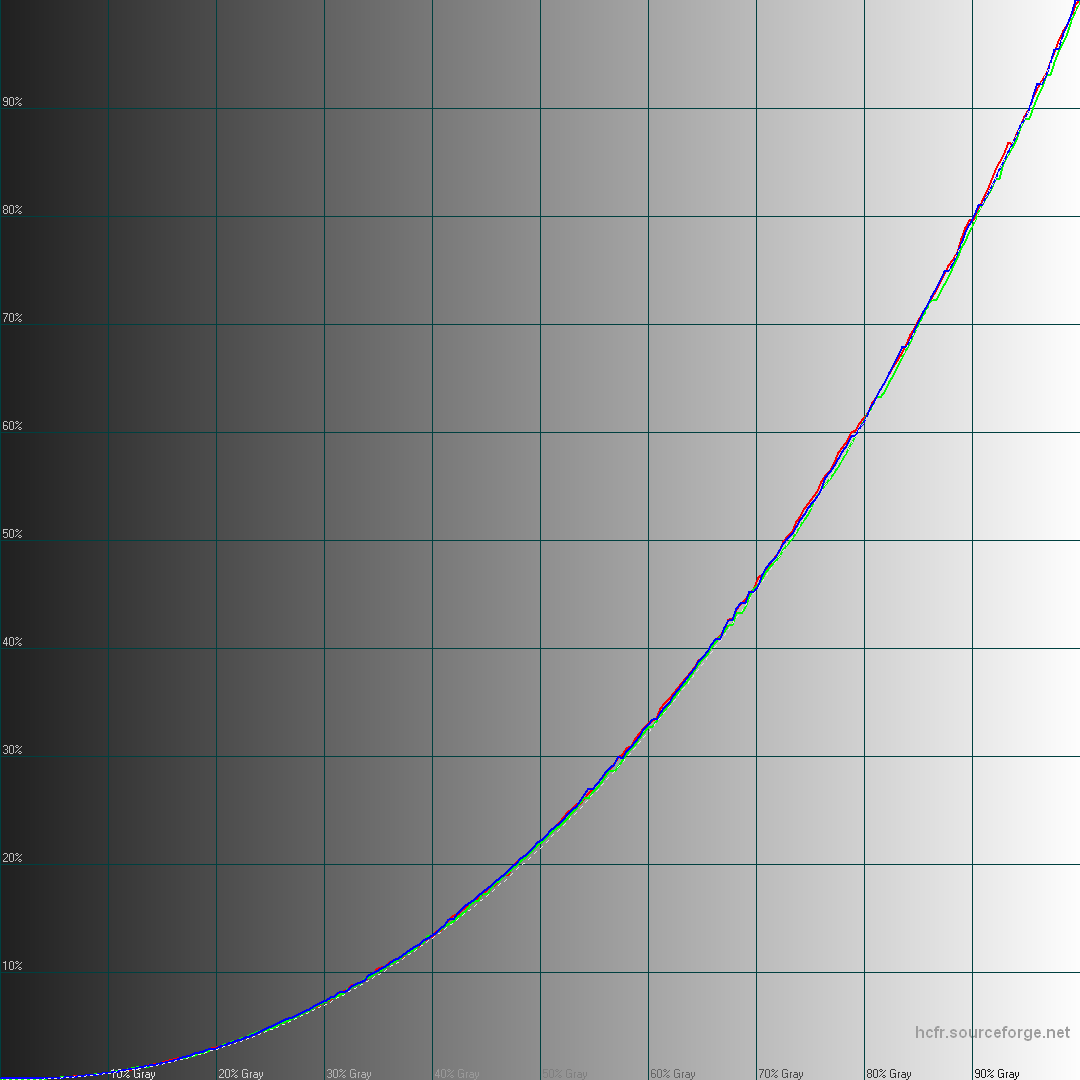In terms of smartphone displays I measured:
– Gionee's Elife S5.5
Quite incredible super thin device from a manufacturer you might have never heard of, but who realized something that forces respect.
At 5.5mm, it provides the same battery capacity as the 8.59mm Nexus 5.
S5.5 display is a Super AMOLED 1080p that looked similar if not identical to the Galaxy S4 one.
Camera sensors and app are quite convincing (5Mp front) with plenty of cool & advanced features that are actually usable.
I also grabbed a Voodoo Report from it as I'm curious about it's Octacore Mediatek SoC.
– A Firefox OS Huawei smartphone, the Y300.
In the middle of other new Firefox OS devices, I picked this one as its display is IPS and for the price I must say it doesn't look bad at all. Incredibly better than its siblings using TN displays for sure.
– Nokia Lumia 1520
I'm sure you know about this one already.
Lumia's display is quite impressive in person so I had to take readings about this.
For the record, I had to modify my measurement HTML5 app because IE browser was caching AJAX requests more than anticipated ^^.
Cache-control headers did the trick.
– Nokia Lumia Icon
Probably the most interesting and usable Lumia smartphone at the moment. It's the same hardware platform as the 1520: S800 / 1080p display but using a 5" Super AMOLED instead of 6" IPS.
– Xiaomi Mi3
Qualcomm's booth had a pretty amazing collection of Snapdragon-equipped device.
Because, you know.. they're very much in most smartphones those days 😀
I had little time left in the end but still measured this one as it's not so easy to get a hold of it, and also the display and it's factory calibration were pretty convincing and I look forward processing the measurements to confirm some very quick first impressions.
Today was also the opportunity to spend more time with +Richard Lai, who demonstrated extraordinary group hug capabilities then accompanied me to +Ubuntu booth.
Good folks at Canonical appreciated this original usage of Ubuntu touch.
− the Nexus 7 in these pics, driving a colorimeter and a spectrophotometer using my app runs under the ARM & touch oriented port of this Linux distribution.
I tried to made a demo for them and despite an alpha development stage, if everything worked perfectly during the show it didn't for a demo to them.
Oh well, typical 😀
Today was also the opportunity to talk with +Qualcomm engineers. I spent hours in total the last 3 days talking with a senior product manager and a software engineer specialized in hardware video processing and scaling algorithm.
Both were as knowledgeable as it gets and knew everything about display calibration as well, which was refreshing as not common.
Qualcomm will take a closer look at my Nexus 7 display calibration development drivers & algorithm, they were surprised I was able to do what I'm working on already without their help, and recognized it's a valuable usage of their silicon 😉
At the end of the day I had the privilege to meet, talk and shake hands with +Mark Shuttleworth who actually knows a lot as well about display calibration and why mobile OS should be capable in this area as well.
His mention of color accuracy on Ubuntu Edge introduction video was no accident.
Here: http://youtu.be/eQLe3iIMN7k?t=2m31s
In the next days I'll process the spectral and reference color data from the spectro sensor to get correct the colorimeter readings from all those displays and share that with you.
Already I must say see a positive trend since last year.
Higher resolution displays yes but also more capable of reproducing the full color gamut − sometimes too much.
Most manufacturers seem to buy factory calibrated panels but some still downgrade them with uninspired processing.
Overall it's pretty positive and this was an awesome, far too short MWC






